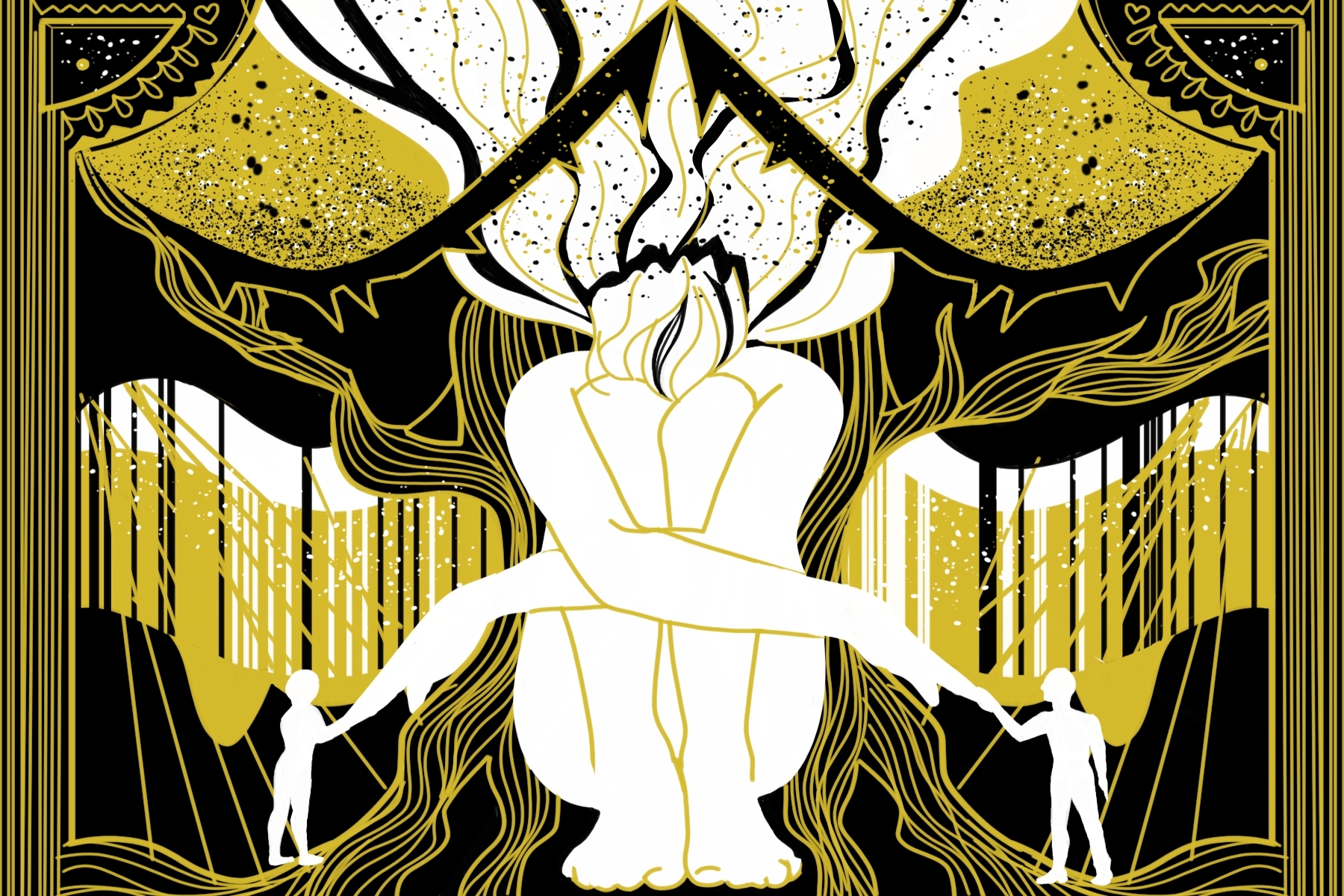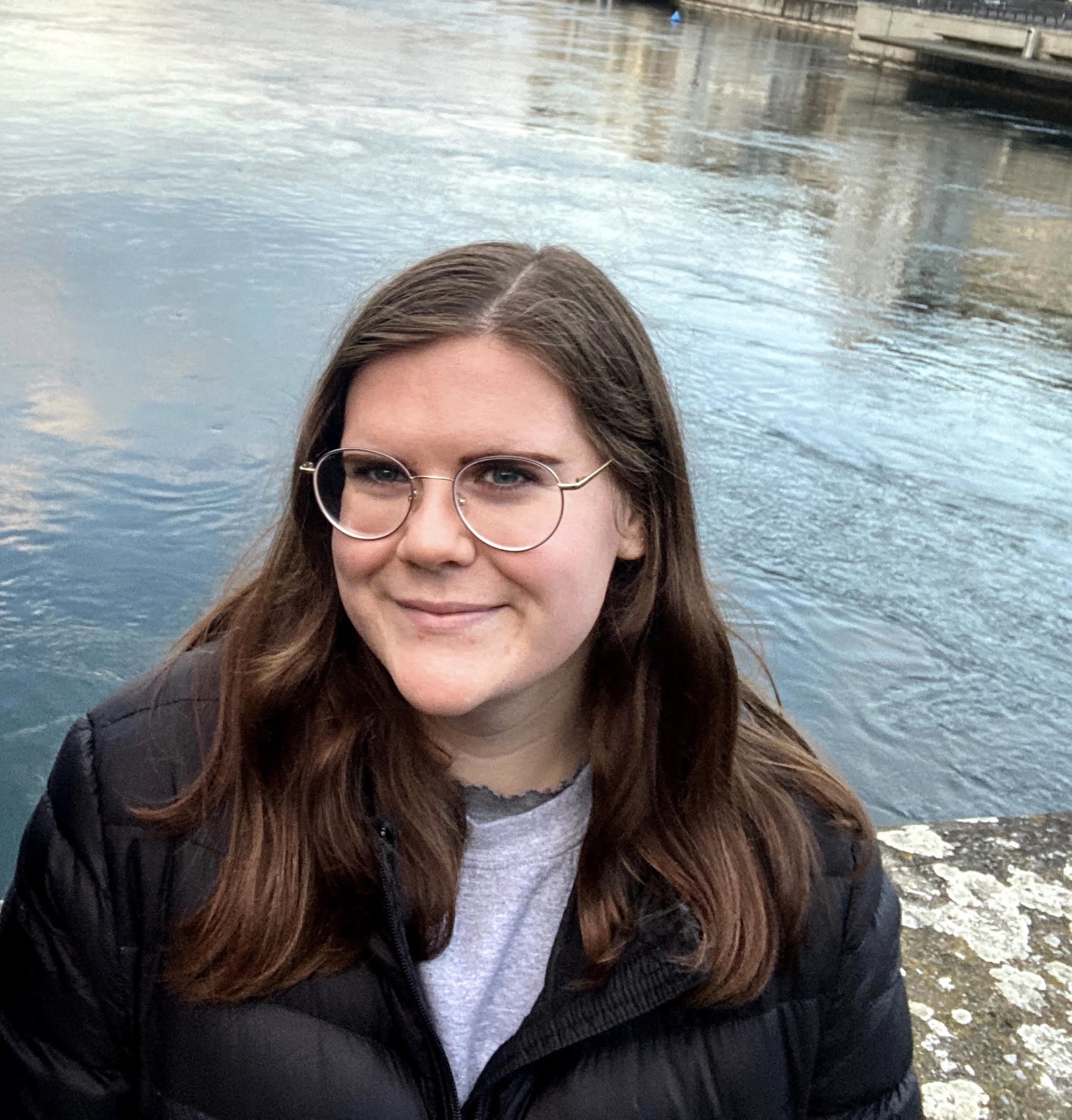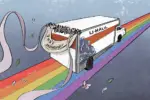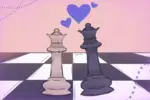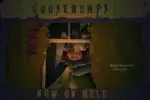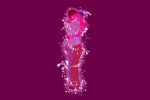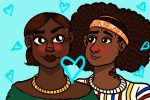When it comes to different romantic tropes, love triangles are one of the most popular and recognizable across all forms of fiction. Books, movies and TV shows alike — it seems like if there’s romance involved, there’s a pretty decent chance you’ll be faced with a love triangle as well. And I can’t stand it.
Picture this: The main character of a story is a young woman who has a male best friend. They’ve known each other for years, but what our heroine doesn’t realize is that he is secretly in love with her. Suddenly, seemingly out of nowhere, enters a new male character. He’s very hot and intriguing, and the main character feels drawn to him, even though he’s not as good for her as her best friend would be. Inevitably, his arrival leads to the two men fighting for the main character’s love while she battles her mixed emotions and desperately tries to choose between them.
That was my own brief description of a classic love triangle, and I don’t know about you, but I can think of dozens of fictional romances that fit the description pretty perfectly.
Love triangles seem particularly prevalent in the genre of young adult fiction, but that doesn’t mean they aren’t found elsewhere or that they’re a particularly new phenomenon. Famous writers like Geoffrey Chaucer and William Shakespeare were around hundreds of years ago, and several of their works include notable love triangles. The various medieval texts that make up the legends of King Arthur are teeming with love triangles, including the most famous one between King Arthur, Queen Guinevere and Lancelot. And those were written as early as the 12th century.
Clearly, love triangles are a classic romantic trope. They’ve been around for hundreds of years, and that’s part of why I find them so annoying.
Simply put, love triangles are overdone. Like I mentioned earlier, my example of a typical love triangle scenario calls to mind dozens of modern-day movies, TV shows and books. When you break a love triangle down to its core — one character who has two possible love interests — the number of stories that fit is undeniably impressive, just not in a good way.
One of my gripes with love triangles is that they’re often incredibly predictable, which isn’t surprising considering how overdone they have become. Another frequent scenario for love triangles comes up when two characters are in a relationship until a new character is introduced as a possible romantic partner for one of them, inevitably causing tension for the established couple.
Maybe the couple will break up, and while one half pursues their new love interest, we’ll suffer through a few episodes or pages of the other half’s jealously and heartbreak. In the end, the original couple will almost always end up back together once the love triangle’s victim realizes they were meant to be with their previous lover all along.
Similar to the issue of a love triangle’s predictability is the fact that they’re often used as an unnecessary plot device that doesn’t add much to the story. Are you writing a romance novel that severely lacks tension? Has everything been going slightly too well for the main characters of your TV show? Throw in a love triangle, and all your problems are solved.
When a love triangle consists of two main characters and a random secondary character who feels at best underdeveloped and at worst a complete afterthought, it doesn’t add much value to the story. It just feels like a lazy way to create tension.
Given my criticism so far, it might seem like the way to create a good love triangle would be to ensure it consists of three equally well-developed characters and is central to the story’s plot. That is a good starting point, but unfortunately, love triangles that fit the criteria often still fall flat.
The worst thing about love triangles is that they’re almost always extremely heteronormative and employ sexist stereotypes and clichés. These problems plague love triangles regardless of how well developed they might be.
The vast majority of love triangles involve a woman who has to choose between two men or alternatively, two men who are competing to win the love of one woman. Even if the woman is the main character, the love triangle reduces her to simply a potential love interest for a man. She’ll likely spend a majority of the story being indecisive, confused and stringing both guys along until she finally makes the most important decision of her life: which man she wants to belong to.
On the rare occasion that a love triangle involves two women pining for the same man, the women are often pitted against each other, destroying any friendship they had in an attempt to win the affections of a male figure.
Take “Twilight” for example. It would be a crime to write about love triangles without mentioning Bella, Edward and Jacob; the trio is one of the worst offenders when it comes to horrible love triangles. “The Twilight Saga” spans four novels and five movies, and the love triangle between Bella and her two possible love interests consumes most of the story.
As far as female characters go, Bella might be one of the least empowering, and most of the decisions she makes are entirely based on her feelings for Edward. Her relationships with both Edward and Jacob are incredibly toxic and borderline abusive, and their archaic possessiveness over her only gets worse as the love triangle deepens.
That being said, my hate for love triangles is not absolute. I do believe that love triangles can work as long as they’re done in a nuanced and interesting way.
One of the simplest ways to add nuance to love triangles would be to make the characters more diverse. I briefly mentioned that one of the things I dislike about love triangles is how heteronormative they typically are. Why not introduce a true three-sided love triangle — A loves B, B loves C, C loves A — rather than the typical two-sided triangle in which characters B and C both love A? Not only would the pairing be truer to the trope’s name, it would also introduce at least one bisexual or pansexual character.
Give me a bisexual main character who’s struggling between their attraction to a man and a woman. Or throw an asexual or aromantic character into the mix. Maybe even someone who is transgender or nonbinary. If all three characters are friends anyway, why can’t we have some polyamorous representation where they all embark on a loving, consensual relationship with multiple partners?
None of these changes to a love triangle’s standard format are that drastic, but they’re different enough to make the old trope more interesting again. I can think of a couple TV shows or movies that subvert the traditional love triangle in one of those ways — “Love, Victor” and “The Half of It” are the two that immediately come to mind — and they’re much more refreshing than re-watching the same straight, sexist and predictable love triangle that’s become so overused.
Sure, changing up the characters’ sexualities or gender identities doesn’t automatically save the love triangle from being predictable, unnecessary or cliché, but it does add some nuance to the trope that definitely helps with the problems. Plus, even if the love triangle still ends up falling flat, at least we’ll get some much-needed representation out of it. If straight people can have an endless supply of badly written, mindlessly entertaining romantic tropes, surely the LGBTQ+ community deserves some too.


